Description
DATE: March 2, 9, 16, and 23, 2021
TIME: 12:30 pm to 3:30 pm EST each day
FEE: $450
LOCATION: Zoom meeting. You will receive a recording of the meeting after each session.
SUPPLIES LIST: Keep reading, you’ll find it below Cancellation Policy
MEDIUM: Oils
LEVEL: Intermediate to Advanced | STUDENTS: max. 10, minimum 10
LANGUAGE: This workshop is offered in English. Miguel is not fluent but an interpreter will be present during all the meetings for whenever is needed.
DEMO: Miguel will be working on a portrait, but will offer the option for you to work on different subjects. He will show his process in other subjects too. Demos will be previously recorded. Miguel will be live with us in each session.
REQUIREMENTS: Access to a computer with Internet connection and Zoom previously downloaded. Ability to photograph your work and email it to us for sessions 2, 3 and 4.
WORKSHOP DESCRIPTION
The course aims to present the characteristics of the language of painting.
We have to realize that a painting is built with abstract elements such as the paint itself. It is placed on the support with multiple tools and it is logical that the imprint of this matter appreciates and becomes evident. Composition criteria and chromatic criteria are used to distribute this material on the painting.
Although the image that can be achieved has traditionally been put at the service of representation, this position has impoverished the quality of the painting. Many times the elements of reality are constructed with overly obvious strategies that limit the expressive resources of the work.
The painting does not pretend to copy reality. If we are interested in figuration then we will have to make an interpretation of reality but without hiding the presence of matter and pictorial processes.
I will explain that a painting is interesting not when it seems to copy reality but when the elements that compose it are presented with expressive interest. What really excites in a painting is not the reality it imitates but the matter that is present on the surface. The presence of paint should be capable by itself of moving the viewer in the same way that music does.
BIO
Miguel Coronado was born in Madrid in 1972. He graduated in Fine Arts from the Complutense University of Madrid. Very soon he began to show his work in the Spanish art galleries. After achieving his first prizes, he participated in international art fairs in Europe, America and Asia and organizes his first solo shows abroad.
The evolution of his painting leads him to investigate the possibilities of pictorial language.
He raises the practice of painting as a search where the successes have more to do with an adequate relationship of the expressive elements than with fidelity in the representation.
The richness and eloquence of the pictorial resources, the harmony of color and the expressive possibilities of the material become for Coronado the most important objective of his pictorial work.
He currently lives and works in Madrid.
CANCELLATION POLICY
If a week before the workshop we haven’t reached the minimum amount of students for the workshop to happen the workshop will be canceled and students will receive a full refund.
If you cancel more than a week prior the start of the workshop you will receive a full refund minus the 3% processing fee. If you cancel less than a week prior to the start of a workshop you won’t receive a refund. If you must cancel in this time frame we encourage you to find a replacement, and your replacement can reimburse you for your course fee. Unfortunately, students who start a multiple-day class and are unable to attend any portion will not receive a refund.
SUPPLIES LIST
Reference photos will be supplied by Miguel
Easel (standing or table top)
Brushes:
It would be good to have a variety of sizes. I work with round brushes and flat ox hair, between numbers 6 and 14 (Escoda). They are very soft. The harder brushes (bristle and some synthetic) load and drag the paint well and the softer brushes (Ox, marten, synthetic) deposit the paint very well on the support and do not “scratch”.
Each one has its function and they are designed for a concrete result. It takes time to know what we need.
Medium/others
Odorless Gamsol (I use it to clean the brushes but also to dilute the paint)
We can use a medium to dilute the paint but it is not essential.
I use a quick drying oil medium from Talens. You could use Galkyd Lite, Galkyd gel or Liquin. This medium accelerates drying and can be useful when we need to speed up drying.
Rags or paper towels
Medium-size wooden pallet (or the one you normally use, but it must be medium size and have a smooth surface)
Small bottle or can for your thinner.
A palette knife and a pencil.
Surfaces
Oil colors:
- Titanium white
- Cadmium red light
- Cadmium orange or equivalent
- Cadmium yellow light
- Quinacridone rose
- Ultramarine Blue
- Cerulean blue
- Burnt umber
- Burnt sienna
- Emerald green
- Viridian green
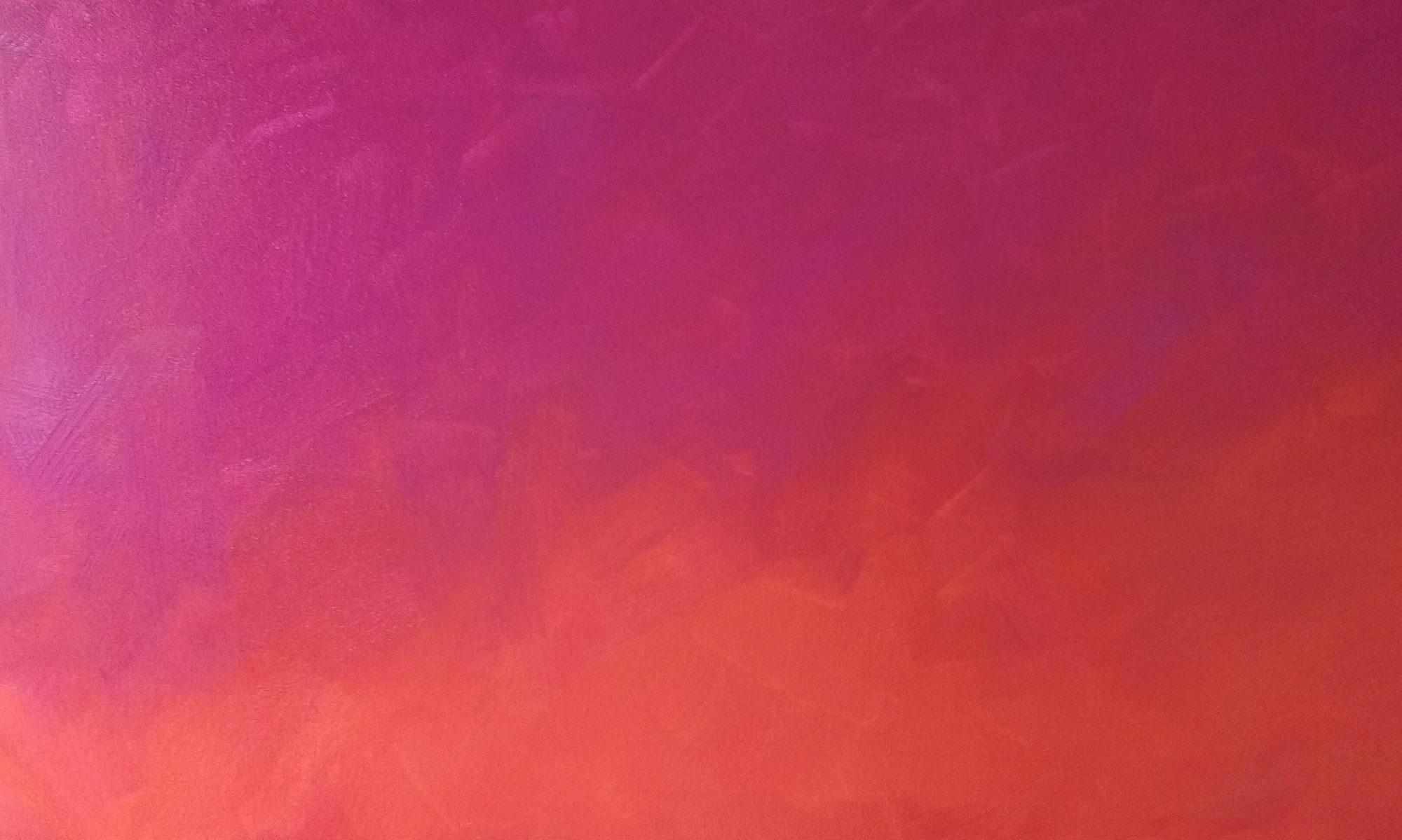
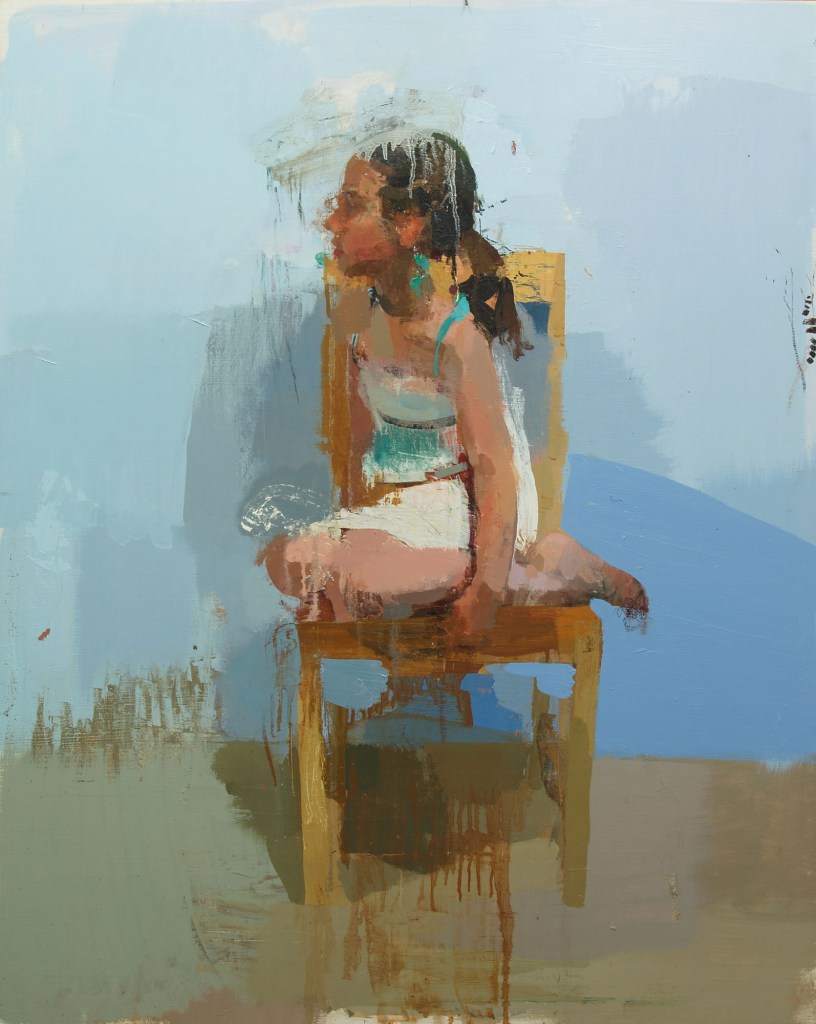
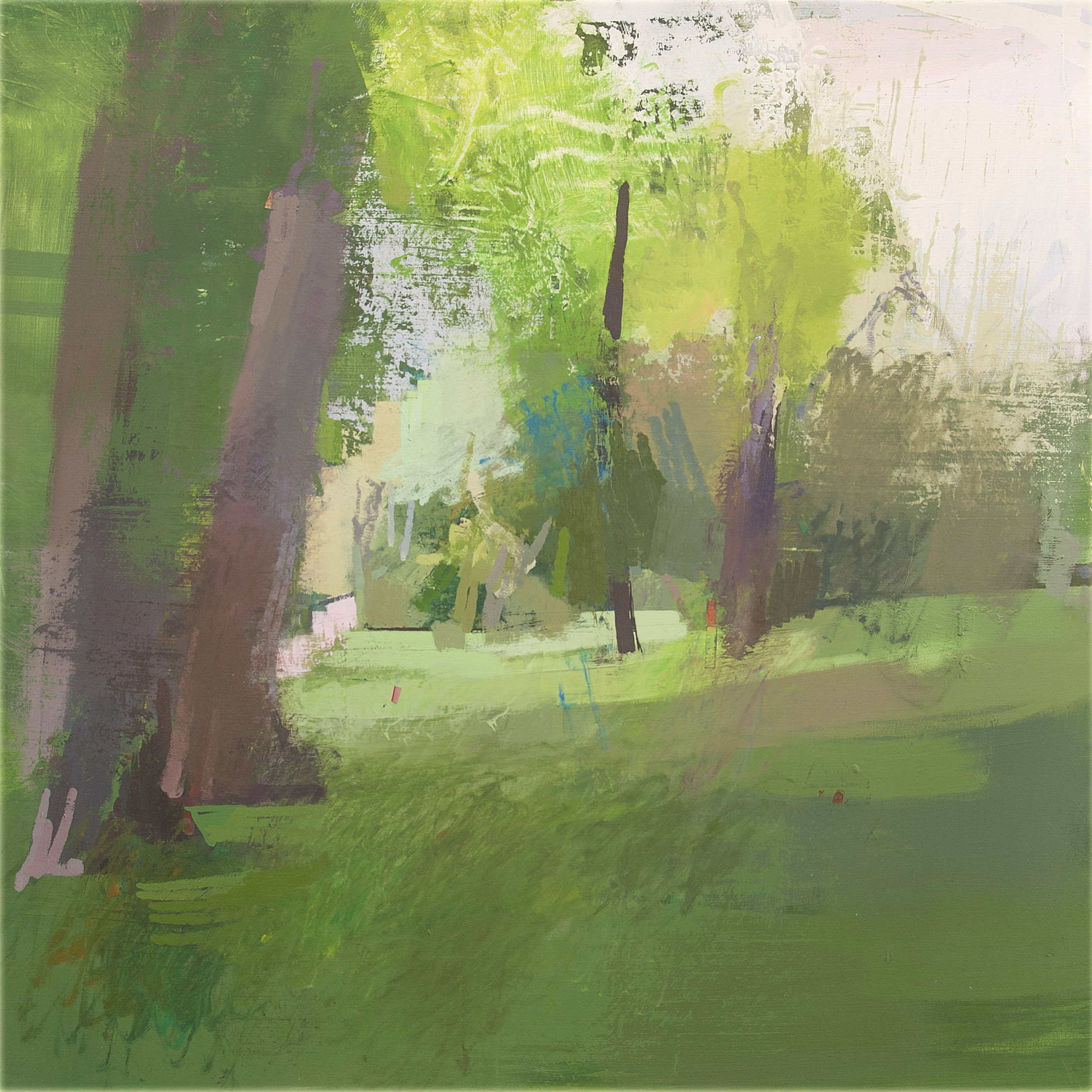
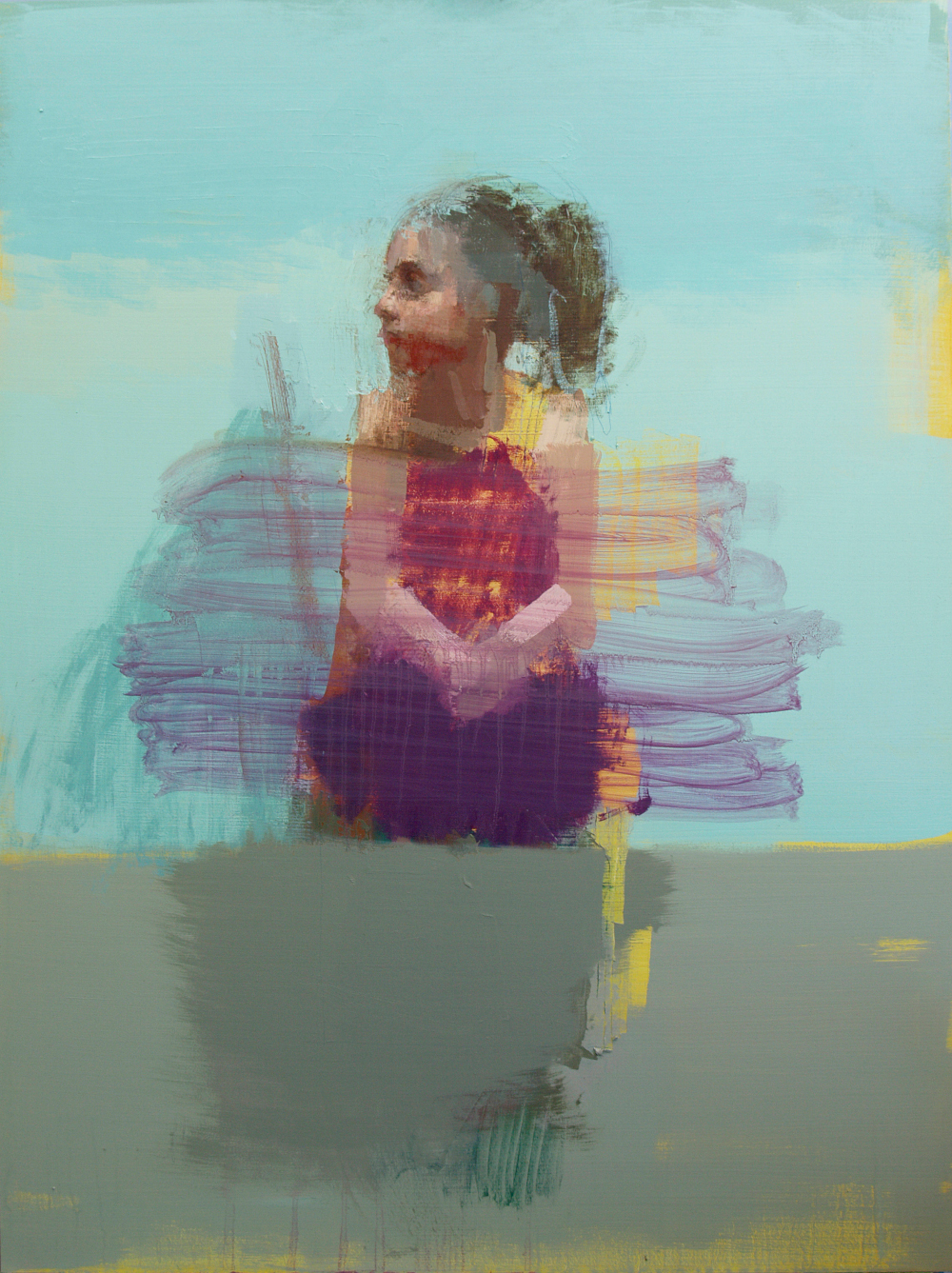
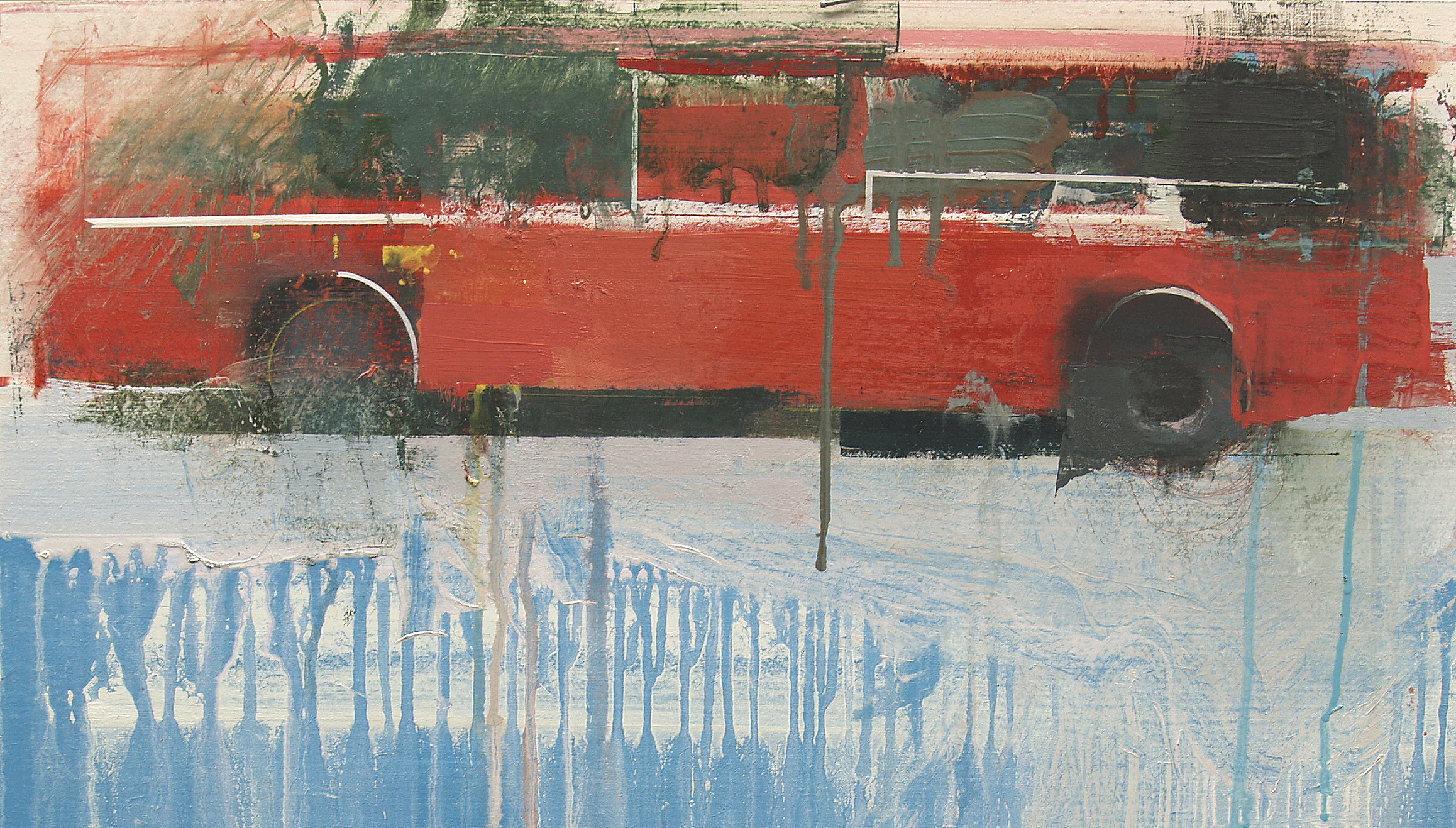
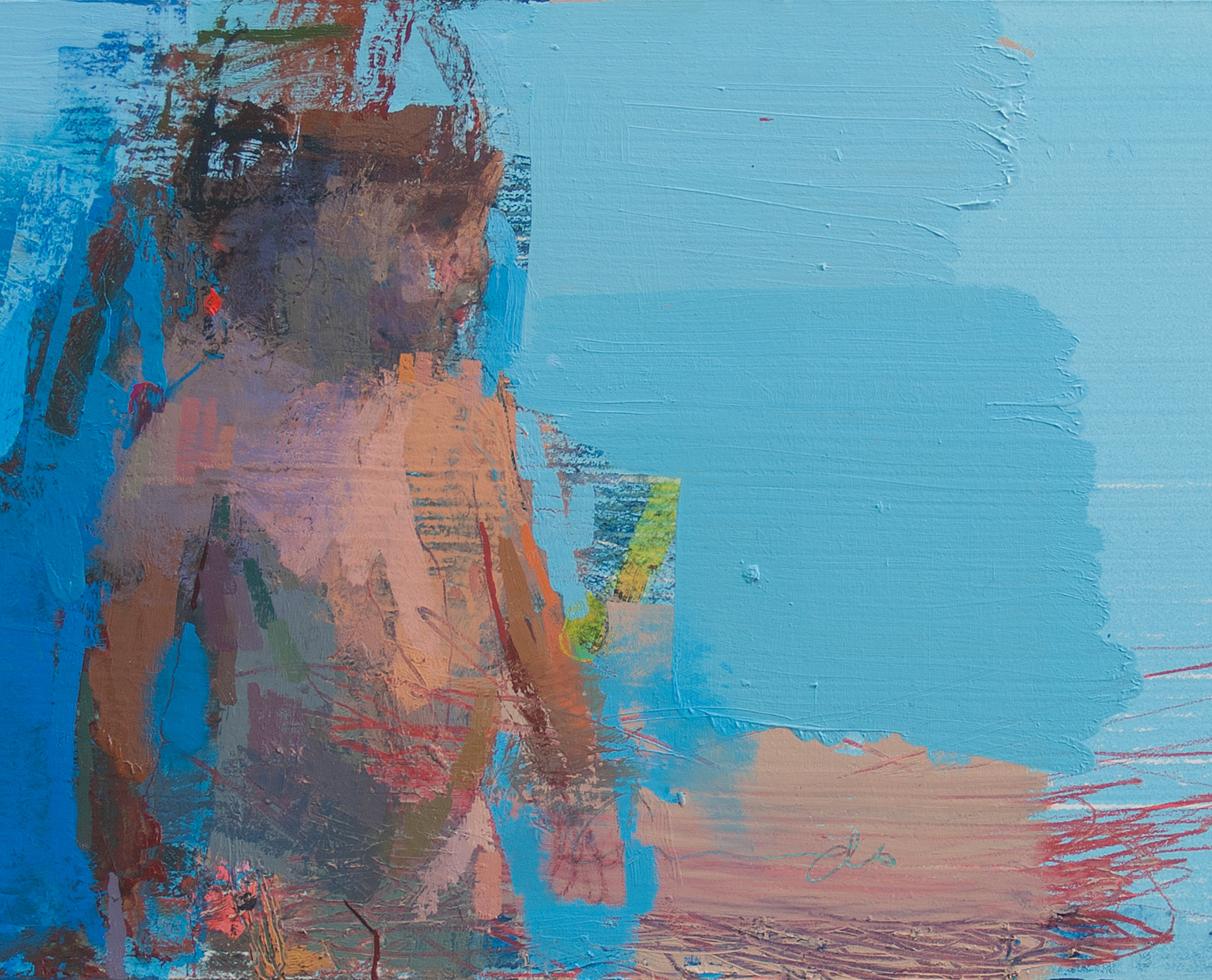
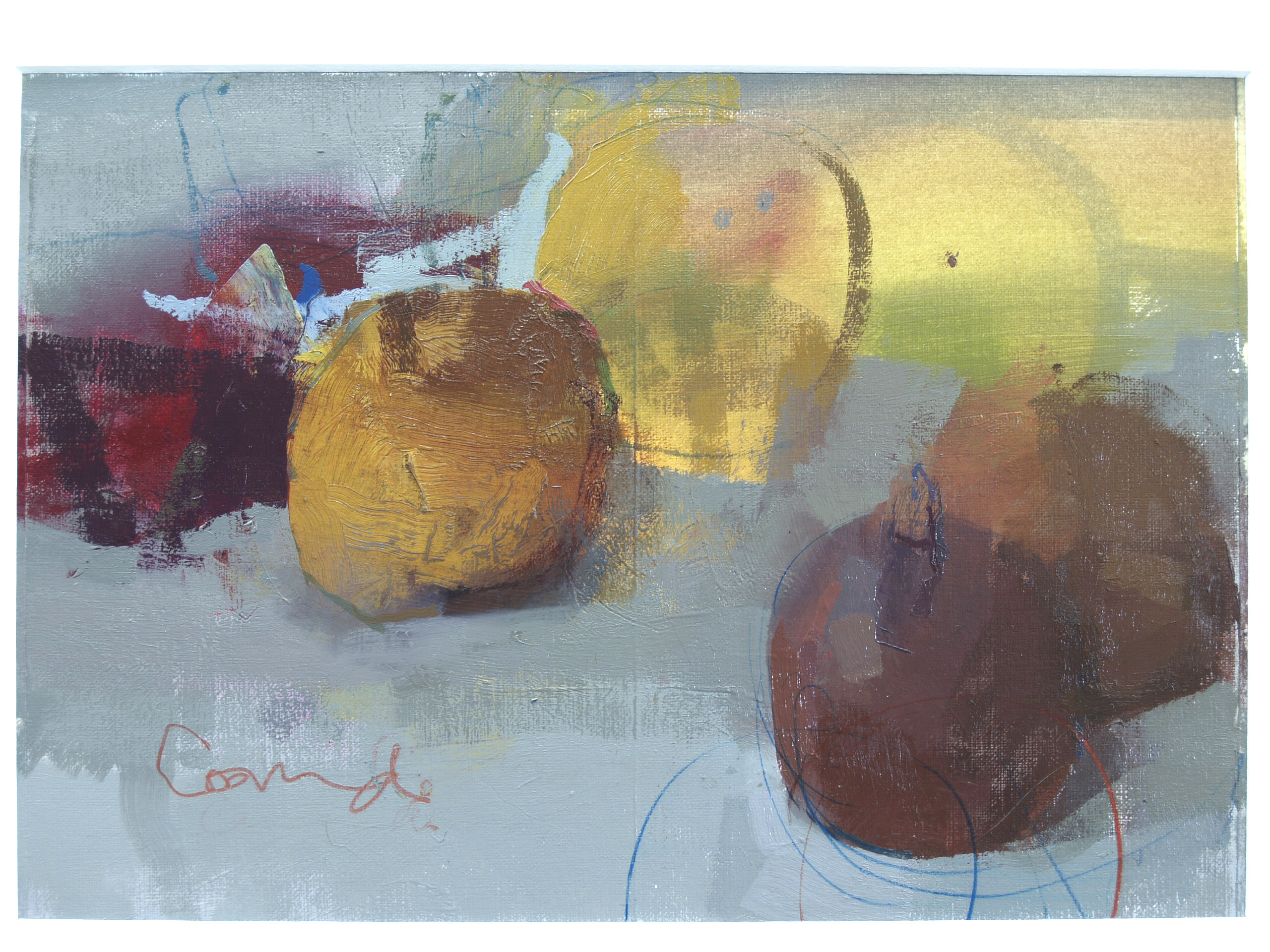
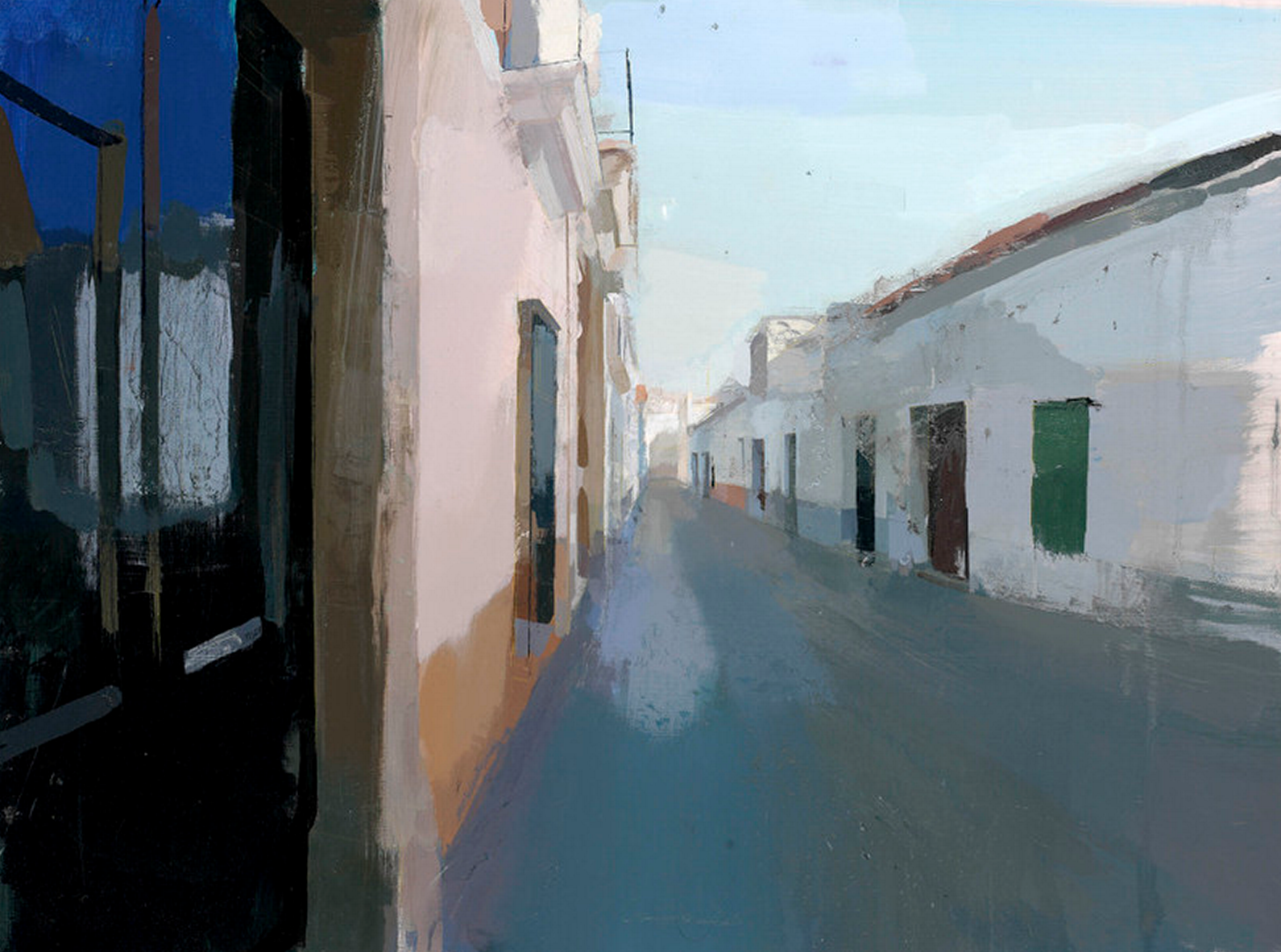
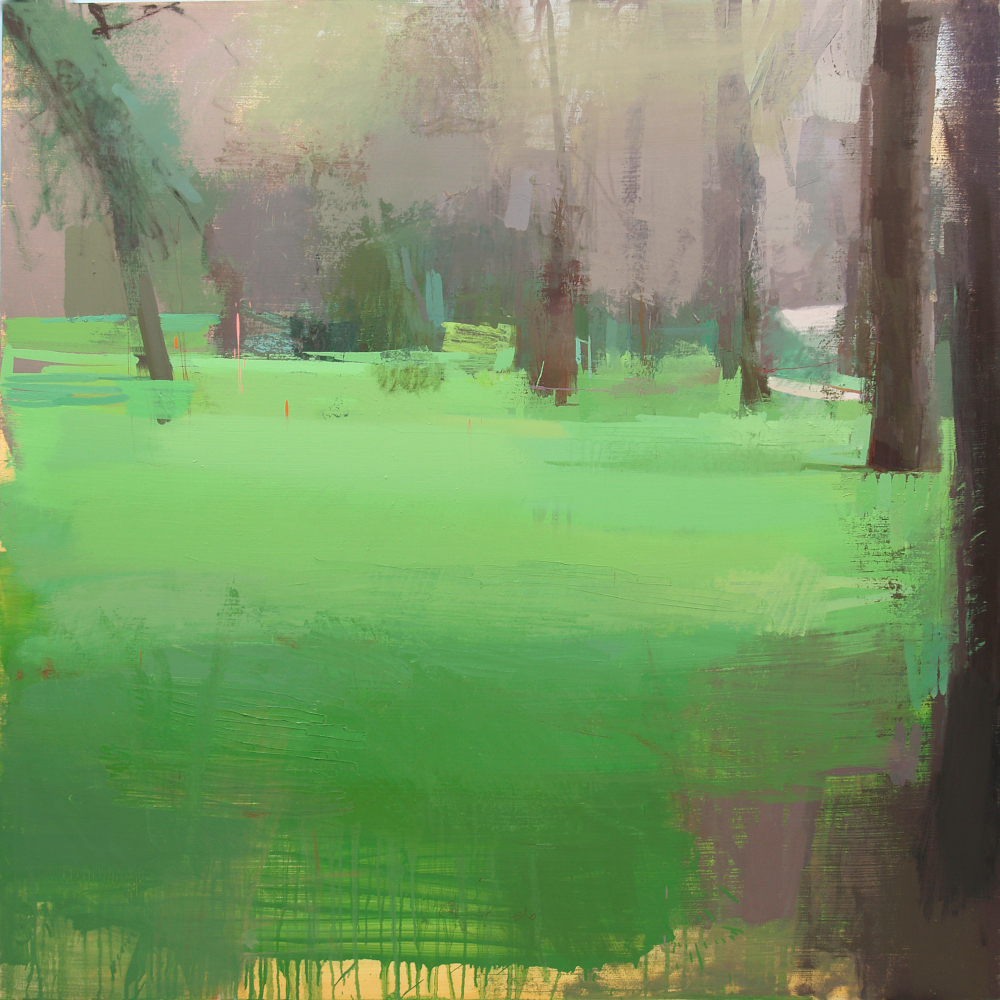
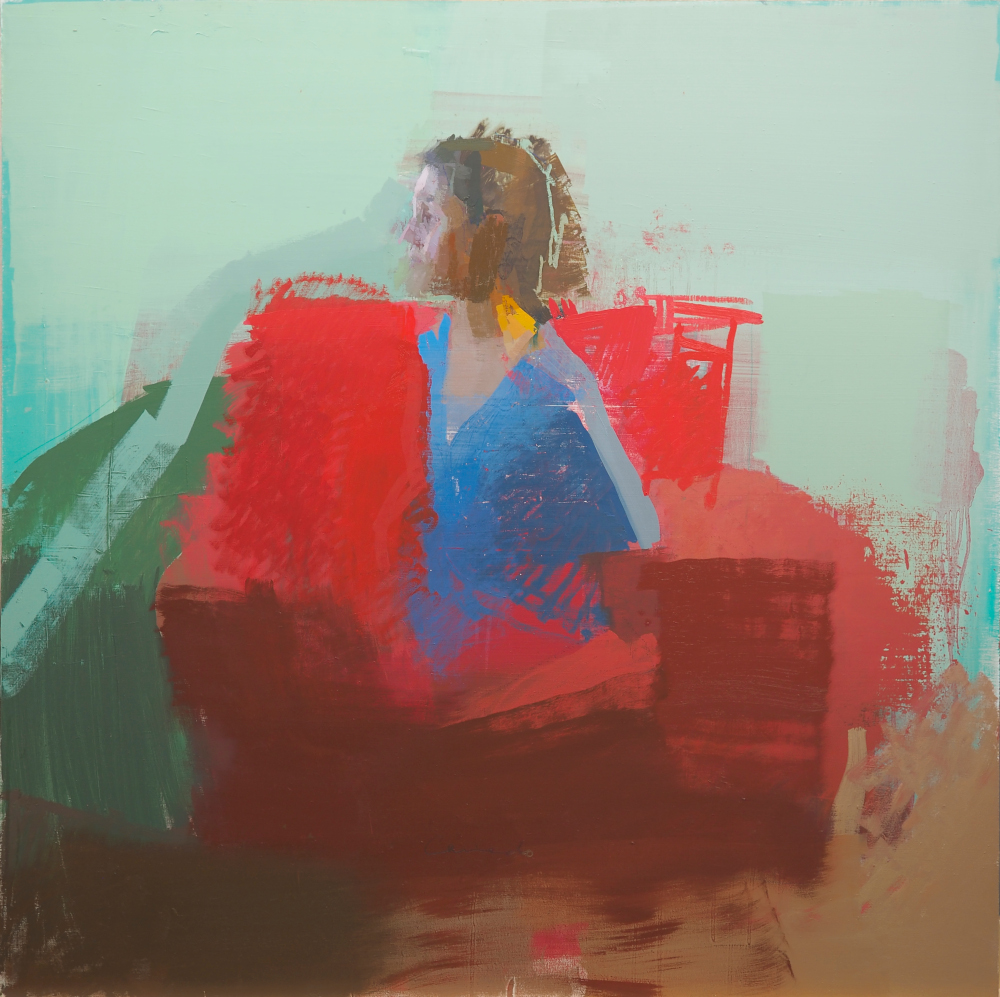
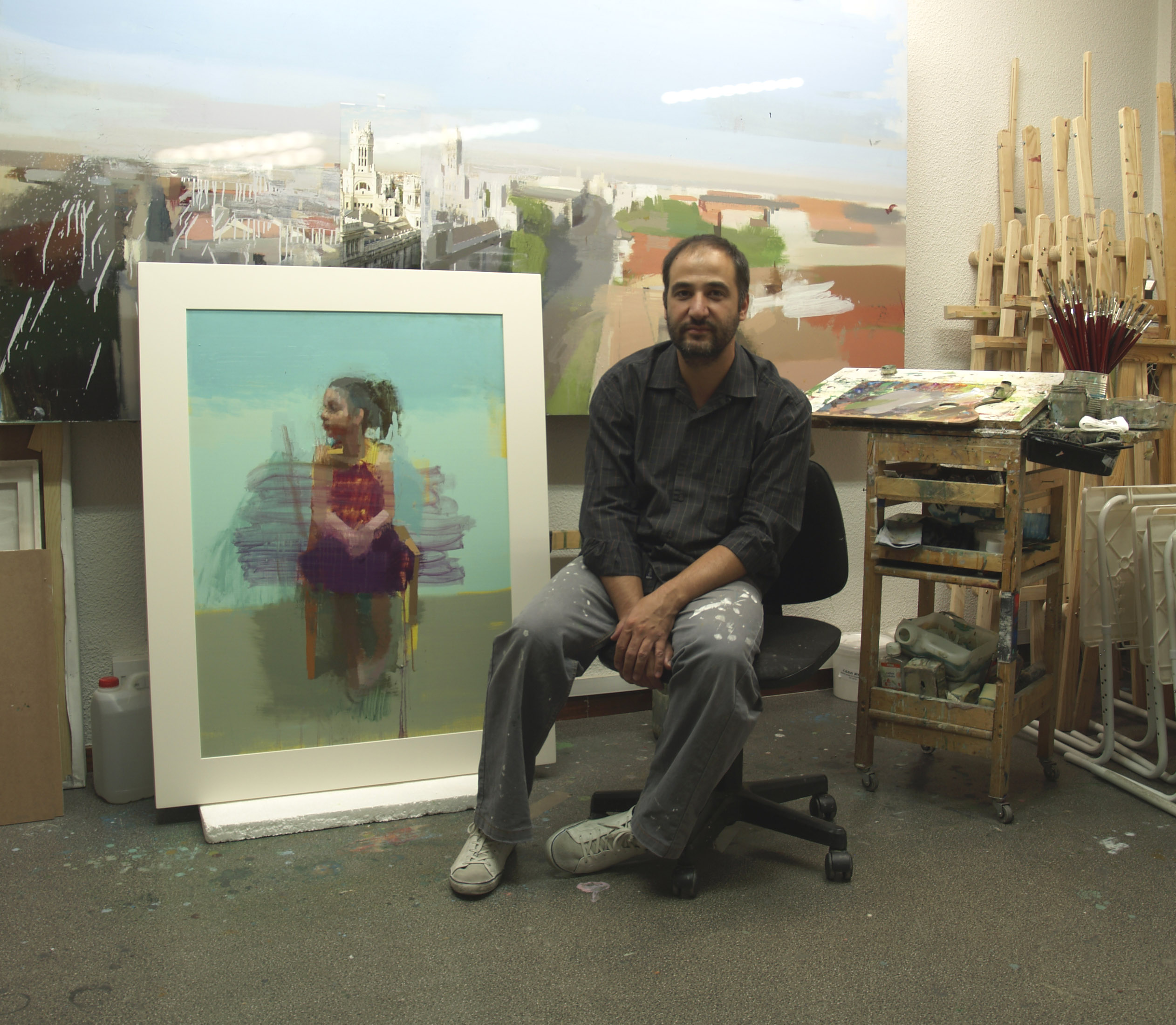
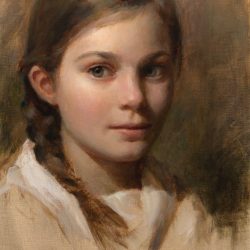
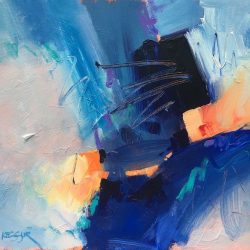
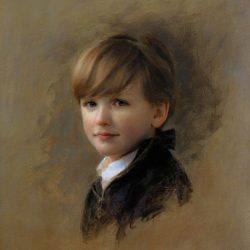
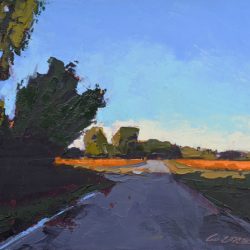
Reviews
There are no reviews yet.